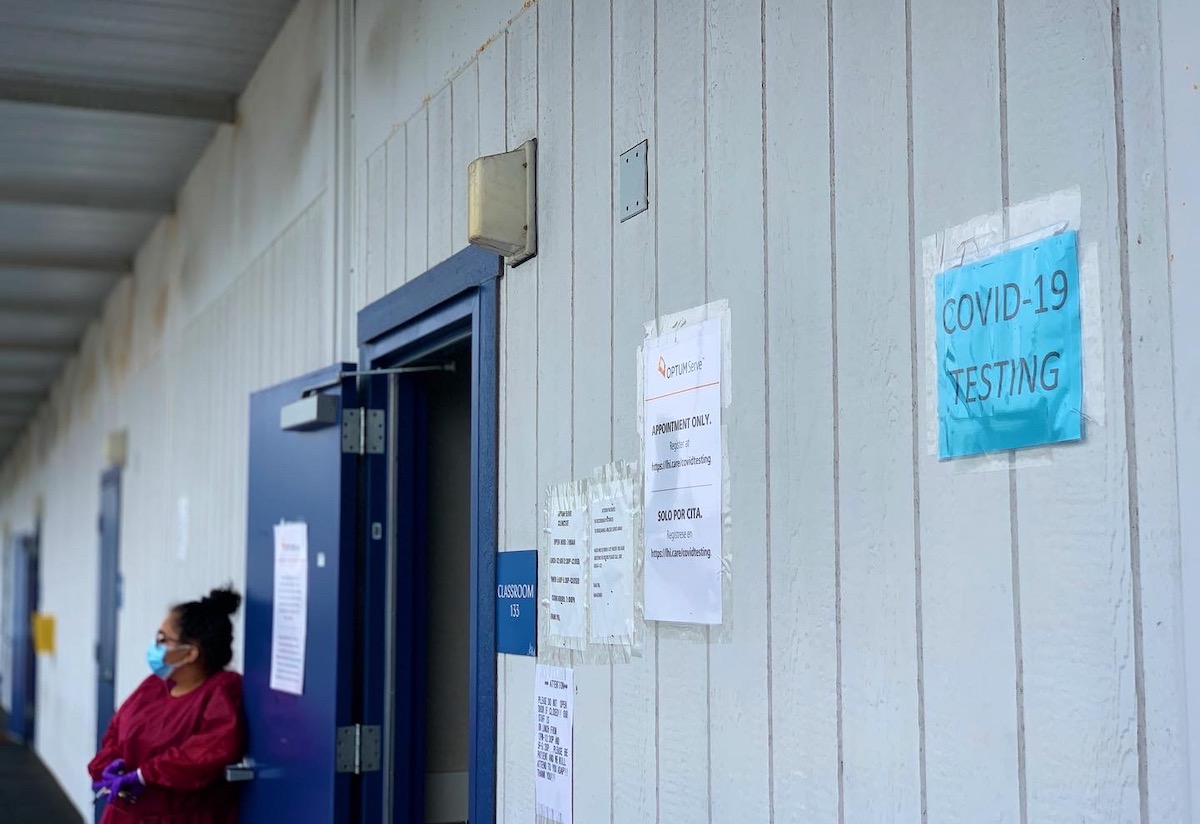With so many planned projects to improve transportation infrastructure in Santa Monica, City Hall needs to find new sources of revenue to help pay for those plans that, potentially, would make it easier to navigate in and around town. Thanks to the loss of redevelopment funds, paying for those traffic relief projects has become more difficult.
One potential source for those funds: the Transportation Impact Fee (TIF).
Council members discussed on Tuesday how to use the TIF to indeed cover the extensive costs of developing a new transportation infrastructure “a robust … network” of improvements encouraging increased bicycle, pedestrian, and public transit traffic while managing vehicular congestion.
The fee, which is imposed upon developers and may cost them upwards of $1 million, is intended to be a tool to help the Land Use and Circulation Element (LUCE) fulfill its ultimate mission of achieving “no net new automobile trips in the PM peak hour with a Santa Monica origin or destination.”
City staff added the TIF could be combined “with other funding sources” to build a comprehensive transportation network that includes alternative transportation options.
Council members approved in March the TIF, which, City staff said would partially fund the costs associated with improvements to the bicycle, walking, transportation demand management, parking, transit, and auto networks necessitated by new development.
“Transportation improvements are consistently identified as a top priority for Santa Monicans and the adopted LUCE outlined a comprehensive approach for providing greater transportation choice for traveling to and within Santa Monica,” City staff said.
On the dais, council members debated just how high the fee should be and if it would be easier to set high fees now and lower them later instead of vice versa.
There was a concern that the fee developers and business pay to City Hall, while noble in purpose, may be too high in its execution and may force new developments to ponder whether they want to go forward in building or operating here in Santa Monica.
City staff estimated the total costs of construction of relevant capital projects to be about $134 million. The TIF aims to cover most, but not all, of those expenses.
Of that amount, nearly $34 million is estimated to be spent on “Bicycle Actions” and more than $25 million on “Pedestrian Actions.”
Another $10.1 million would be allocated to “Transit Actions,” while about $11.6 million could be spent on “Auto Network Actions.”
About $6 million is dedicated to project management and fee administration, while more than $41 million would be split among contingency fees and engineering and design. The remaining balance is allocated to Transportation Demand Management (TDM).
Developers planning retail expansion would have to pay City Hall as much as $30.10 per square foot under the proposed TIF. Comparatively, retails developers would only be subject to $20.28 per square foot.
Proposed medical office development may be subject to a TIF of $29.80 per square foot in Irvine, $8.89 in Pasadena, and $1.85 in West Hollywood.
City staff claimed the proposed TIF would bring in about $60 million by 2030, which would cover almost 45 percent of the $134 million City Hall anticipates paying for the planned infrastructure projects.
The remaining 55-plus percent would “be covered by regional, state and federal grants, City General Fund, and other sources, for which the Fee may provide a local match.”
On the dais and at the speaker’s podium, council members, developers, and members of the public alike discussed the merits of the proposed TIF, particularly where a line, if any, should be drawn as to how much of a fee is too much.
One speaker said it might be more lucrative for developers to build just outside Santa Monica in light of the proposed TIF, potentially costing City Hall millions of dollars in tax revenue.
A representative from the Chamber of Commerce observed the proposed fees are “extremely high” and may be “burdensome” on many of the group’s members.
Yet another speaker pointed out the proposed TIF is a “one-size-fit-all” approach to assessment and would have unintended consequences on the LUCE. Specifically, local neighborhood-serving businesses would be assessed similar to a national chain, which would serve as a disincentive the local business from operating in Santa Monica.
City Manager Rod Gould countered the TIF is necessary to help relieve congestion in Santa Monica over the next two decades.
If ultimately passed, the TIF would be assessed to relevant businesses and developers on July 1, 2013, and recur annually after that. The fees must be paid before a building permit is issued.
“Development agreements would not be subject to the ordinance,” City staff said. “Staff intends to use the fees that the project would be subject to as a guideline for the transportation contribution amount acceptable under the terms of negotiated agreements for future development agreements and development agreements currently being negotiated.”
As the TIF was discussed as part of a study session, there was no formal vote on the matter.
Council member Terry O’Day was not present at the Aug. 28 meeting.












